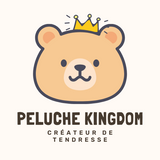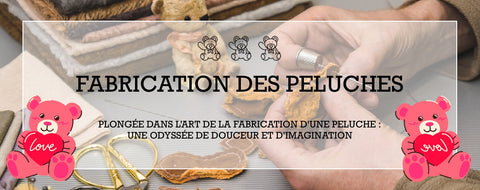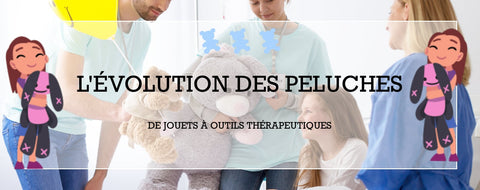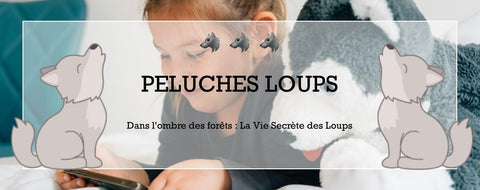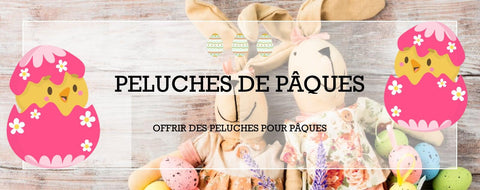
2018 Winter Olympics: Why Do Athletes Get Stuffed Animals and Not Flowers or Medals?
of reading - words
Curling 🥌 isn't the only thing at the Winter Olympics that confuses viewers. If you watched the 2018 Winter Olympics in PyeongChang (South Korea) and have eagle eyes, you may have been confused to see the winning athletes stepping onto the podium receiving not medals. or flowers after the competition, but receive a small stuffed animal . Many wonder what happened to the normal Olympic podium protocol, and why are the athletes given a small toy instead?
There are many reasons behind this decision which, when explained, make the changes meaningful 💡. So here's what you need to know about why Olympic medalists get stuffed animals when they win.
1) Why don't Winter Olympics Winners Receive their Medals Immediately?
In the image below , Russian Olympic team silver medalists, Canadian team gold medalists and USA team bronze medalists celebrate the medal ceremony 🏅 after the team figure skating event at Medal Plaza on February 12, 2018 in Pyeongchang-gun, South Korea.

Viewers of the Summer Olympics may recall that the winners earned medals shortly after completing their events. But since there are fewer events at the Winter Olympics ❄, organizers can hold a medal ceremony every night for the day's winners and hand out stuffed animals and goodies. It's a sweet gesture that unifies all athletes, regardless of their results. At the Summer Olympics, which are much busier and more crowded, such a ceremony would be difficult to manage.
Athletes who finish in the top three therefore receive a stuffed animal and must wait until the end of the day to receive their medals and participate in the ceremony at Medal Plaza at night 🌙 .

2) This is how the Medals Ceremony takes place in Pyeongchang
Immediately after winning their events, the athletes stand on a podium as a procession of women wrapped in red coats 🔴 pulls out three trays of stuffed animals in the shape of the official Olympic mascot. Athletes receive this stuffed animal during this first ceremony.
According to the International Olympic Committee (IOC), athletes 🏂 who win medals at the Pyeongchang Winter Olympics are honored in two separate ceremonies . The first takes place directly after the event, and this is when the athletes receive their stuffed tiger. These tigers do not replace Olympic medals, they are just an added bonus.

“The Flower Ceremony, or in this case the Teddy Ceremony , is a long-standing tradition ,” said International Olympic Committee communications director Mark Adams. "With the outdoor events, it's quite obvious," he added, referring to the sub-zero temperatures that prevail at many mountain venues 🏔. (The practice of holding a small ceremony immediately after winter events began at the 2006 Winter Games in Turin, Italy.)
Besides, it's not just any plush tiger 🧸. In a press release last December, the IOC explained that instead of flowers, the medalists of the Pyeongchang 2018 Winter Olympics will receive a doll of the Games mascot, “Soohorang”.

3) What is the Stuffed Animal Given to Athletes during the 2018 Olympic Games?
The souvenir that rewards Olympic medalists this year turns out not to be a simple "teddy bear", but a white tiger 🐯 considered a guardian animal in Korean mythology. The white tiger named “Soohorang” (“guardian animal”) is also the mascot of the PyeongChang 2018 Olympics. The tiger is an important figure in Korean culture - an ordinary tiger was the mascot of the Seoul Olympics in 1988 - and the white tiger is particularly revered.
According to the Olympic website, the mascot takes its name from "sooho" , which means protection , and "ho-rang-i" , which means tiger . The name also refers to "Jeong-seon A-ri-rang", a folk song 🎶 from Gangwon Province where the games are held.

"The Soohorang is very cute and very pretty," said Sung Baik You, spokesperson for the PyeongChang Organizing Committee. "The athletes who received the Soohorang are very happy about it. 😃"
4) Where Did the Flowers Go to the Olympic Games?
The 2016 Rio Olympics were the first Games to get rid of flowers , citing sustainability concerns (the bouquets were nods to the olive wreaths Olympic champions received in ancient times). The International Olympic Committee decided that it was not viable to offer flowers to athletes on the podium and decided to change the process to involve the awarding of a mascot or a small trophy.

It's a nice gesture towards sustainability , but it's a drop in the bucket when placed next to all the brand new buildings that are often abandoned soon after the Games are over. At the Rio de Janeiro Games in 2016, the winners walked away with sculptures of the Rio 2016 Summer Olympics logo (in addition to their medals). In PyeongChang in 2018, the price is a little more cuddly!
The floral tradition still continues with the Soohorang plush adorned with a hat 🎩 in gold, silver or bronze and having small paper flowers hanging from his hat; according to the PyeongChang 2018 website , the symbol is a nod to "Uhsahwa" from paper flowers given to those who passed their national exams during Korea's Joseon dynasty (1392-1910).

5) Where to Buy the Olympics Mascot?
Many great athletes receive soft toys as a reward after standing on the podium. Like for example at the Olympic Games, at the Tour de France... But you too can have a plush mascot without having to be a gold medalist 🥇 at the Winter Olympics!
You can now determine which plush will be your mascot or your family's mascot and buy it now. Whether you prefer tigers 🐅 , penguins 🐧 or even teddy bears 🐻 , you will find your happiness (or that of your children) on our Peluche Kingdom ® shop.
